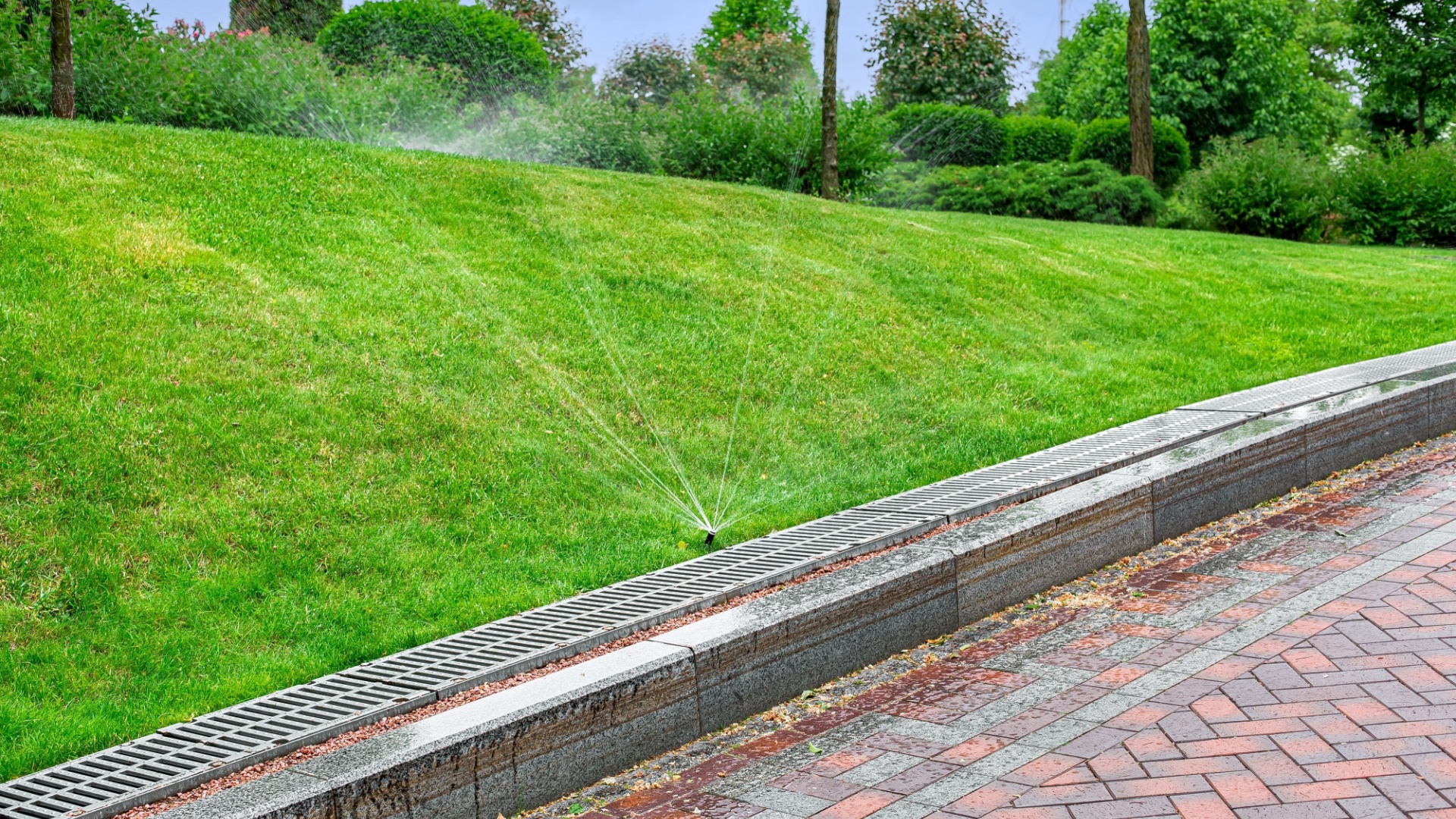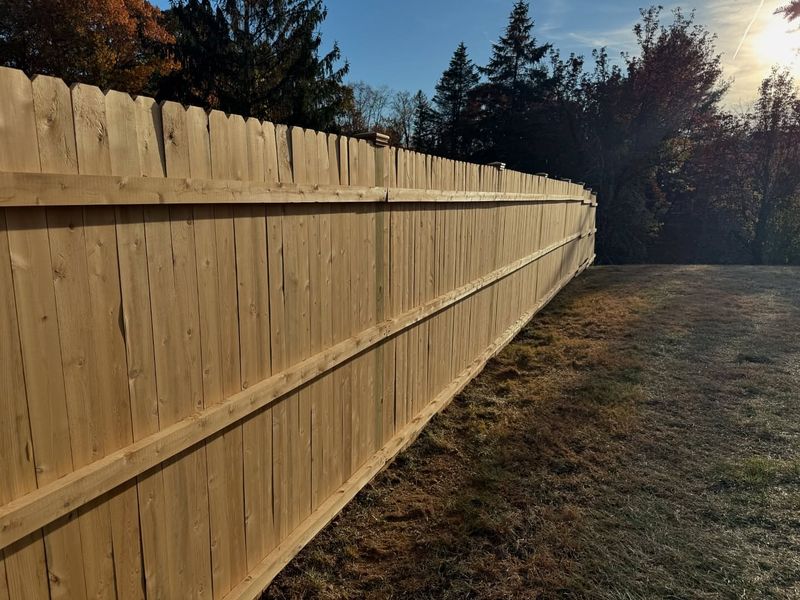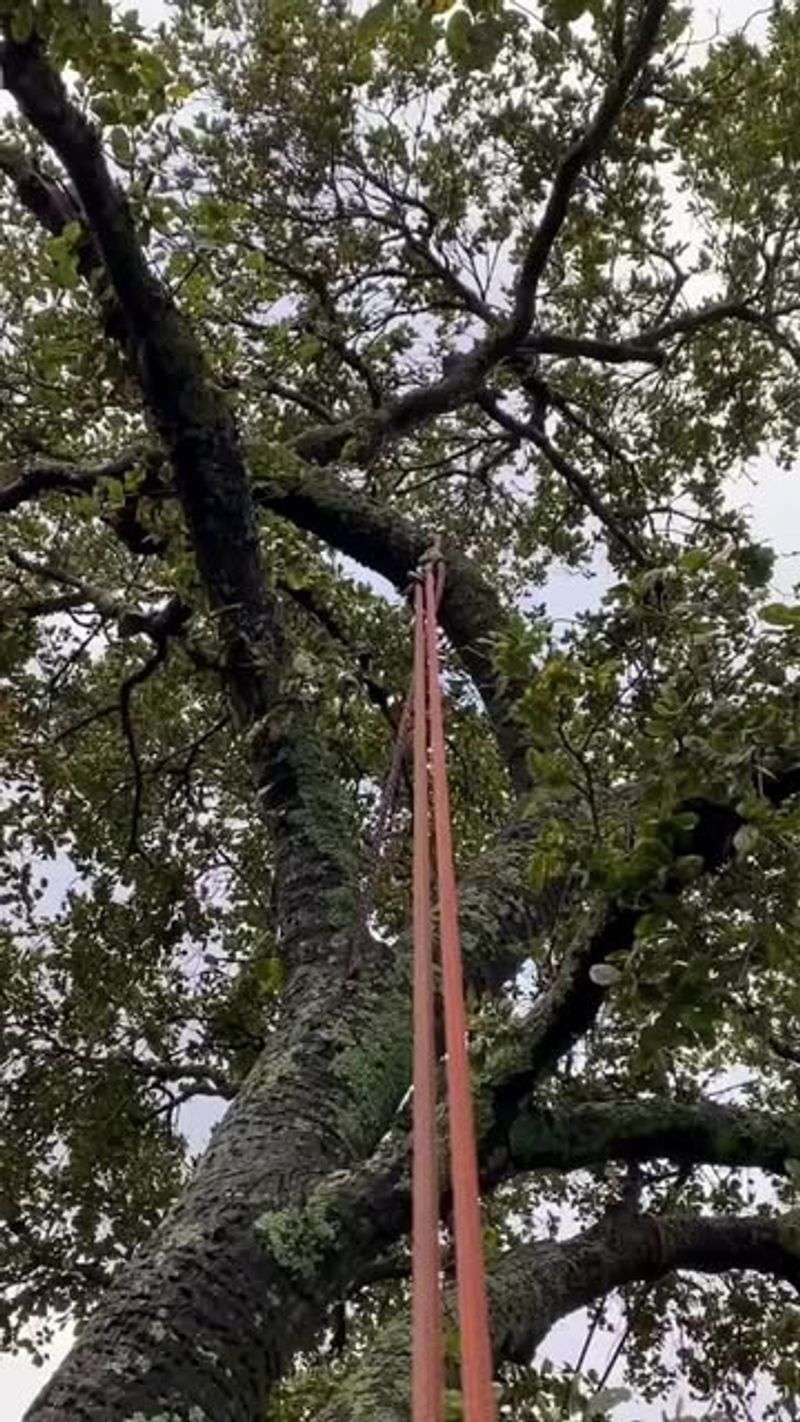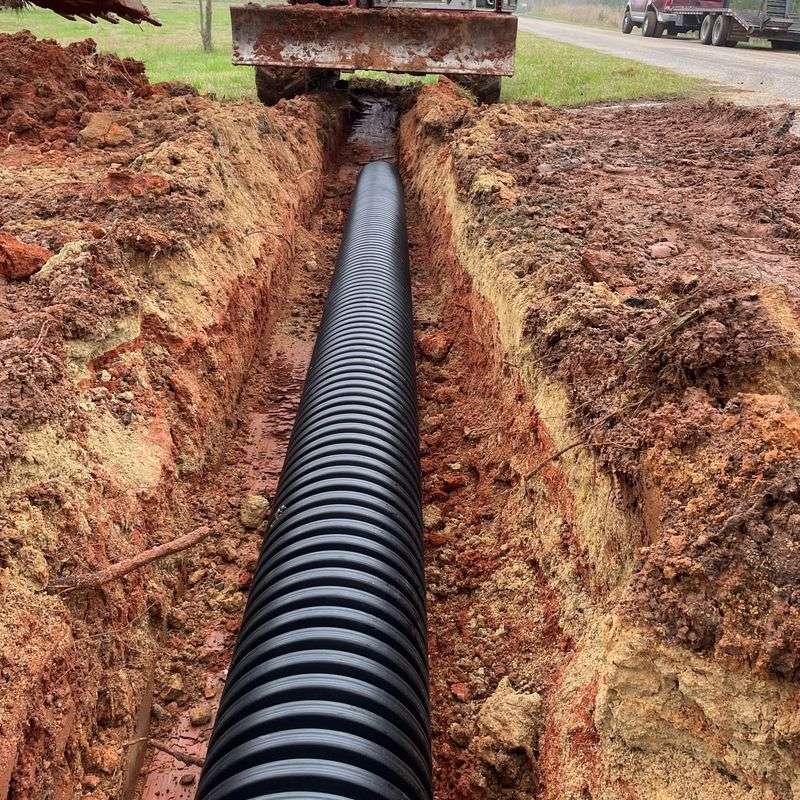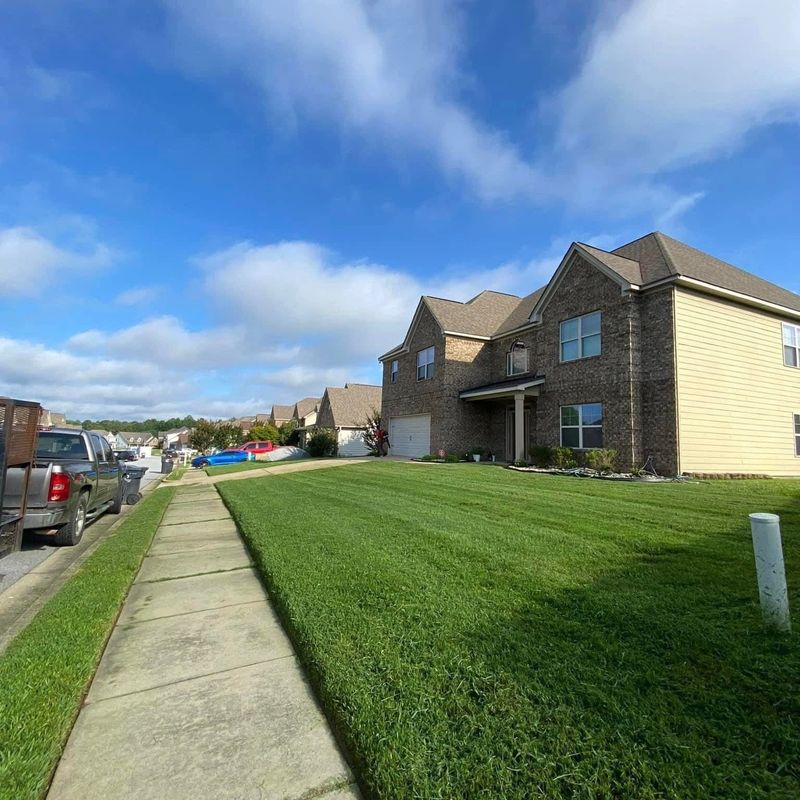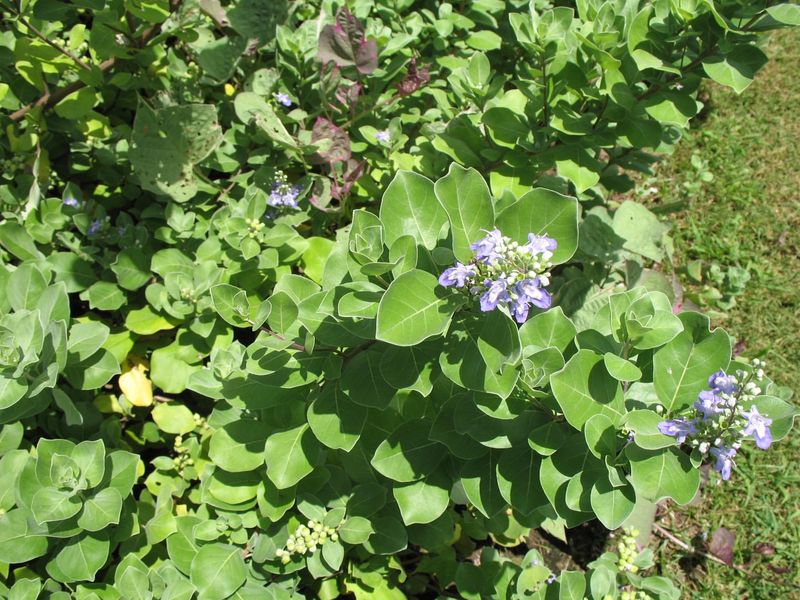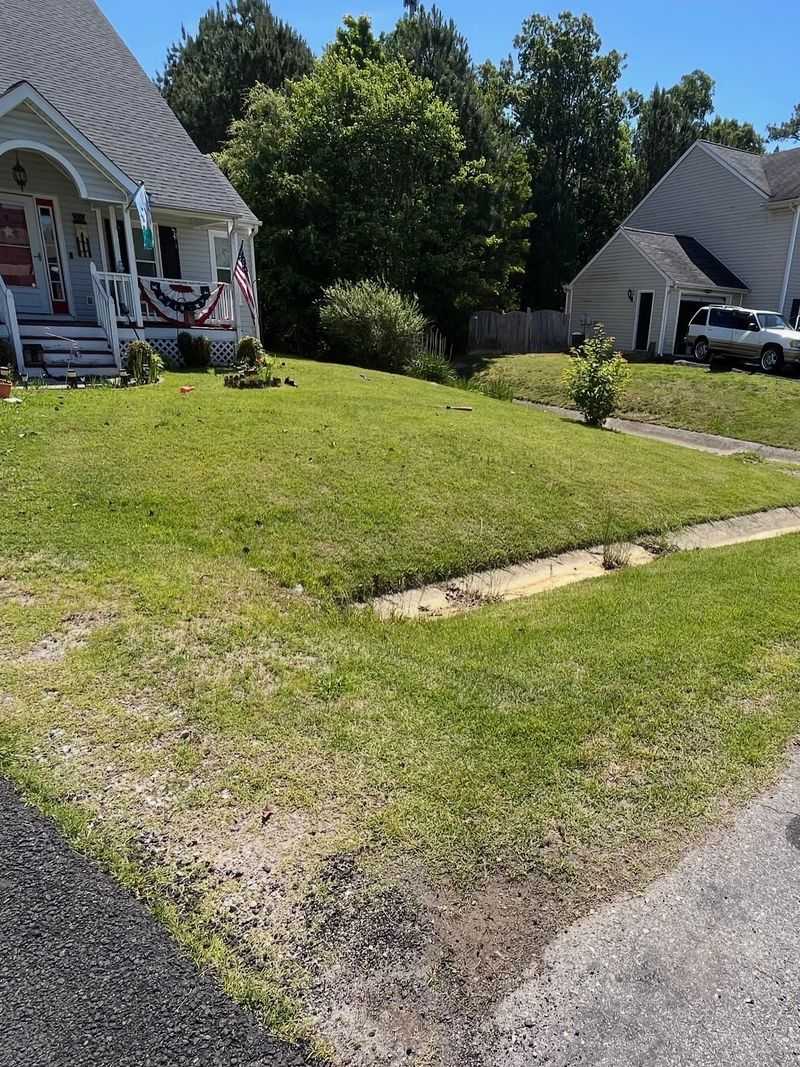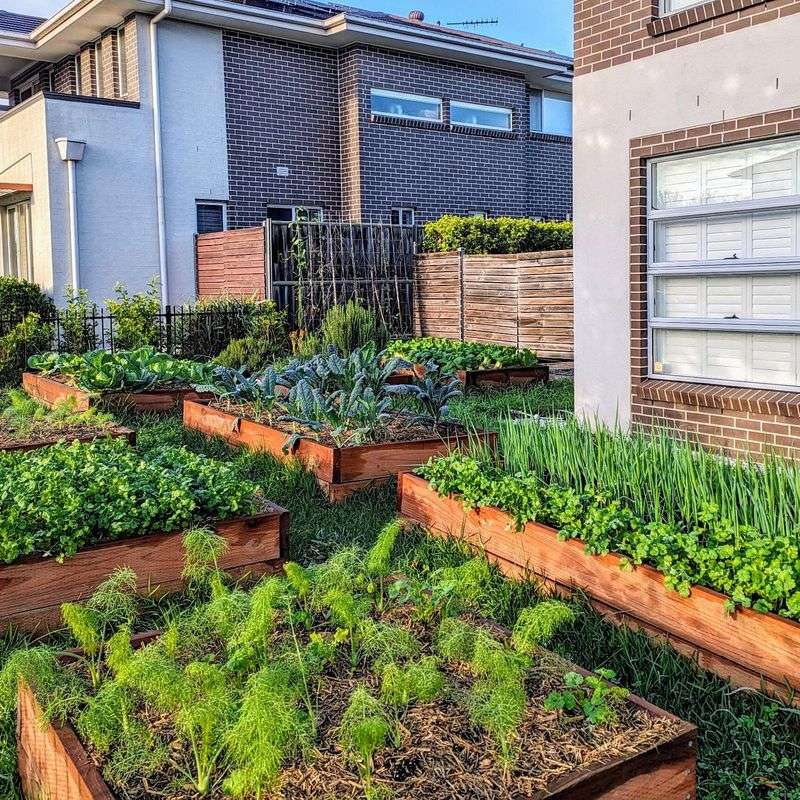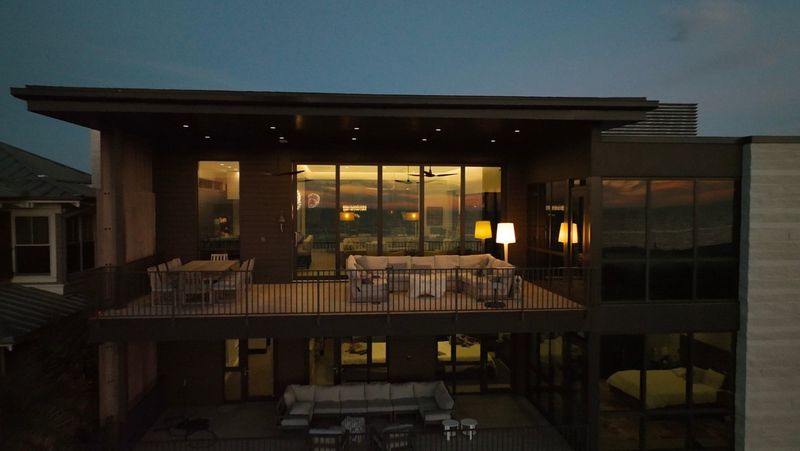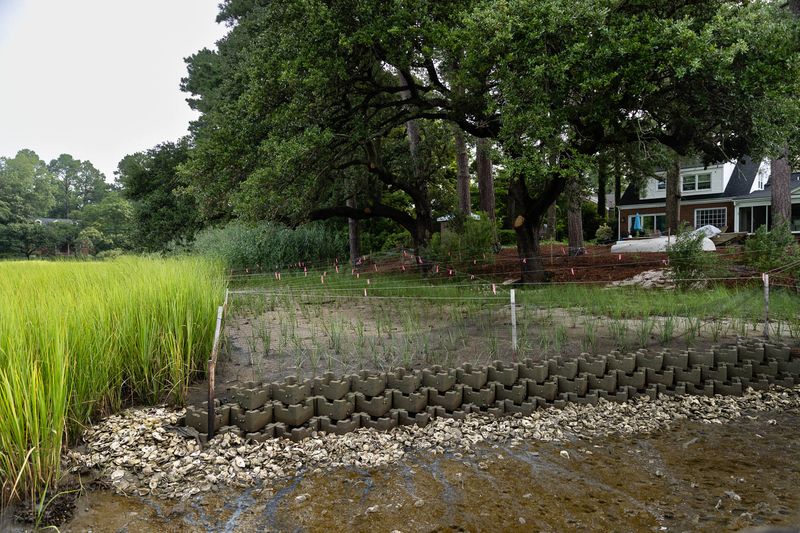I thought my yard looked great—until I found out parts of it were breaking the rules. Virginia has more landscaping regulations than most homeowners realize, from tree placements to fence heights and even what you can plant near the street.
Avoiding fines or surprise notices starts with knowing what’s allowed and what could get flagged in your own backyard.
1. Fence Height Restrictions
Front yard fences in most Virginia counties can’t exceed 4 feet, while backyard fences typically max out at 6-7 feet. Going even an inch over these limits without proper permits can result in violation notices.
Local HOAs might enforce even stricter rules about fence materials and styles. Always check both county regulations and neighborhood guidelines before installing any fencing to avoid costly mistakes.
2. Tree Removal Regulations
Many Virginia municipalities require permits before removing trees over a certain size, typically those with trunks wider than 4 inches in diameter. Cutting down protected trees without permission can trigger hefty fines.
Native oak, maple, and certain historic trees receive special protection in many areas. Contact your local forestry department or planning office before removing any significant trees to ensure you’re in compliance with local ordinances.
3. Water Drainage Management
Redirecting water from your property onto a neighbor’s land is illegal across Virginia. Your landscaping must properly manage rainwater without causing flooding issues for adjacent properties.
Rain gardens and properly graded yards help manage water naturally. French drains and other water management systems may require permits in some jurisdictions, so verify requirements before installation.
4. Grass Height Limitations
Letting grass grow too tall can actually violate municipal codes in Virginia. Most localities set maximum heights between 8-12 inches before considering it a nuisance violation.
Enforcement typically begins with a warning, followed by fines if not addressed. Some areas make exceptions for natural meadow landscaping, but you’ll need to register these intentional natural areas with local authorities and maintain clear boundaries.
5. Invasive Plant Restrictions
Growing certain invasive species is actually prohibited in Virginia. Plants like kudzu, tree of heaven, and Japanese stiltgrass are banned because they threaten native ecosystems.
Garden centers should not sell restricted species, but it’s ultimately your responsibility to know what’s allowed. The Virginia Department of Conservation maintains an updated list of prohibited plants that homeowners should consult before adding new species to their landscape.
6. Right-of-Way Maintenance Rules
The strip of land between your property line and the street—known as the right-of-way—comes with special rules. While technically public property, you’re typically responsible for maintaining it.
However, planting trees or installing structures in this area usually requires permits. Visibility at corners must be maintained by keeping plants under 3 feet tall to ensure safe traffic conditions. Neglecting these areas can result in citations from local authorities.
7. Vegetable Garden Regulations
Virginia passed the Vegetable Garden Protection Act in 2021, preventing localities from banning food gardens in front yards. However, HOAs can still restrict front yard gardens through their covenants.
Size limitations may apply in some areas, particularly for raised beds visible from the street. While growing your own food is generally protected, garden structures like greenhouses or large trellises might require permits depending on their size and permanence.
8. Sight Line Preservation
Corner properties have strict rules about plant height near intersections. Typically, nothing taller than 3 feet is allowed within 20-30 feet of road intersections to maintain visibility for drivers.
Violating these sight line requirements creates serious safety hazards. Beyond potential fines, you could be liable if an accident occurs due to visibility issues caused by your landscaping. Regular trimming of shrubs and hedges near driveways and corners is essential for compliance.
9. Protected Wetland Boundaries
Many Virginia properties contain protected wetland areas that cannot be disturbed without special permits. Filling, draining, or altering these areas—even if they’re on your property—violates federal and state laws.
Resource Protection Areas (RPAs) near waterways require buffer zones of native vegetation. Removing trees or installing structures within these zones can trigger significant penalties. A professional environmental assessment before major landscaping projects can help identify protected areas on your property.
10. Composting and Debris Rules
Composting is generally allowed in Virginia, but with limitations. Compost piles must typically be kept at least 2 feet from property lines and may have size restrictions.
Yard waste should never be dumped in storm drains or waterways. Many municipalities have specific rules about brush piles and yard debris, considering excessive accumulation a nuisance violation. Properly managed compost bins with covers can help avoid neighbor complaints while still allowing for sustainable gardening practices.

